(DS 21/6) - From the beginning of the 20th century until now, every period of Quang Nam ( Quang Nam - Da Nang) has had outstanding and outstanding journalists. But to avoid unnecessary "arguments", here we will only mention a few seniors who have passed away, from which we will try to discuss the origin of the personality of Quang Nam journalism.
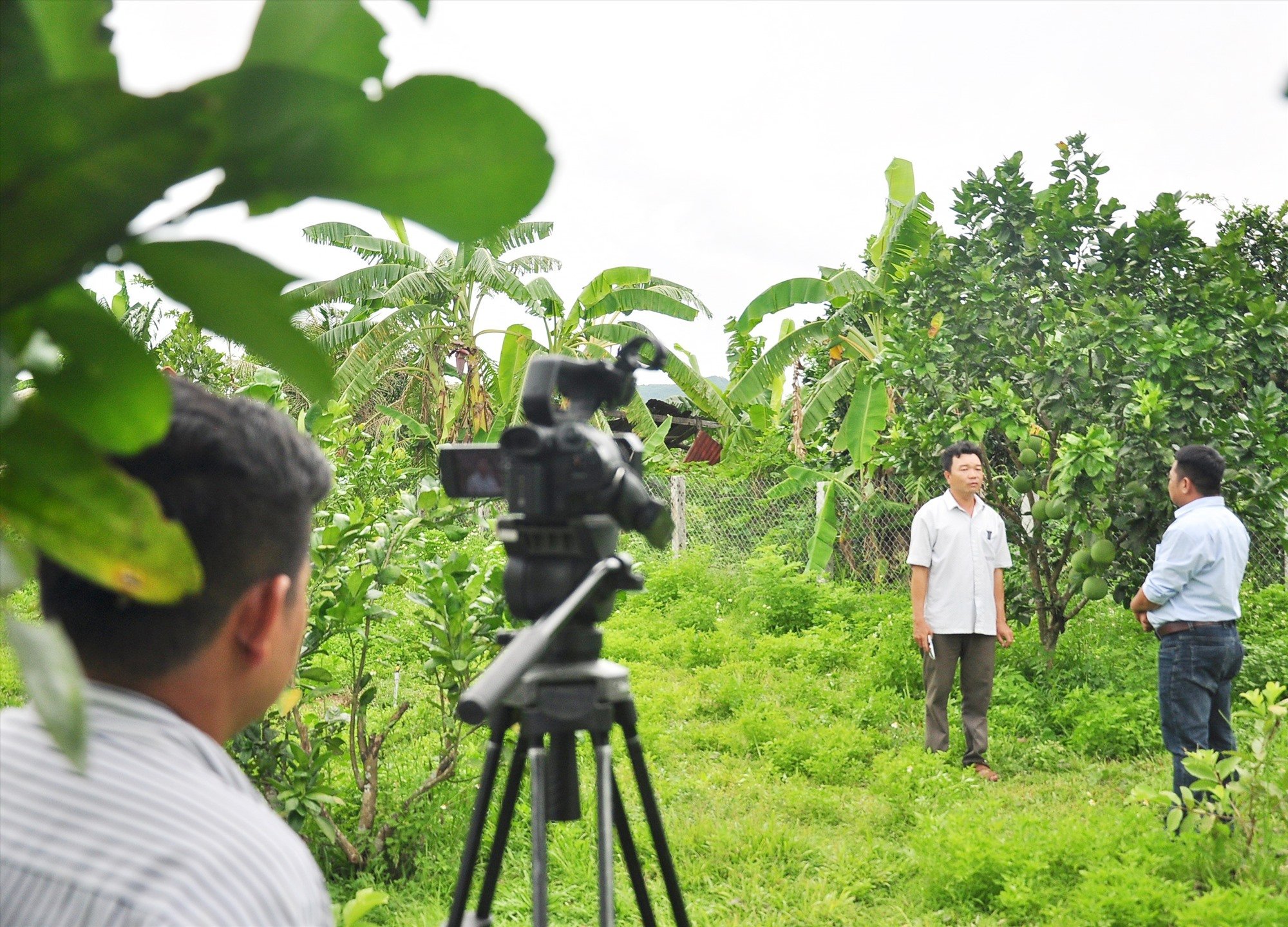
Imprints from the first half of the 20th century
If you are looking for a journalist with an international character from an early age, Phan Chau Trinh is a typical example. During his years abroad, especially in France, the articles he wrote or published here and there - although not many, although the genre may not be purely journalistic, but are an important journalistic voice. These articles contributed to opening up a characteristic of Quang Nam journalism, which is a macro vision, a love of "discussing national affairs".
During the first half of the 20th century, while many newspapers and magazines were still “wandering in the clouds”, many Quang Nam press personalities were engrossed in macro-level matters, in matters of national and world affairs. Therefore, there were not a few “accidents”, even cases of going to court and going to jail for writing articles by Quang Nam press.
A street is named after a combination of many contributions, but certainly, the press is also an important aspect. There are quite a few journalists - celebrities of Quang origin who have had streets named after them, probably more than 30 people, some of whom have had their names named after them in many provinces and cities.
Nam Phong Magazine (July 1, 1917 - December 1934) was headquartered in Hanoi, existed for 17 years, published 210 issues. This is one of the few standard magazines, the pinnacle of the history of Vietnamese journalism. According to a survey by researcher Pham Hoang Quan, two Quang journalists, Nguyen Ba Trac and Le Du, wrote nearly 1/3 of the Chinese articles, ranging from language, literature to economics, politics , philosophy, education...
If Pham Quynh was the editor-in-chief and chief editor of the Quoc Ngu section, then Nguyen Ba Trac was the chief editor of the Han section, with one of the goals being foreign relations, writing for China to read. Occasionally, this magazine also printed articles in French. A Quang journalist who regularly collaborated with Nam Phong was the poet Nam Tran. Therefore, there is a joking opinion that Nam Phong can be called "Quang Nam Phong".
Not to mention, Nam Phong also printed many articles by Phan Khoi, under the pen name Chuong Dan, most of which discussed macro issues, using current events to talk in general. Through the published works that researcher Lai Nguyen An compiled and published, it can be affirmed that Phan Khoi was the journalist who liked to write macro stories the most in Quang Nam and was typical of Vietnam in the first half of the 20th century.
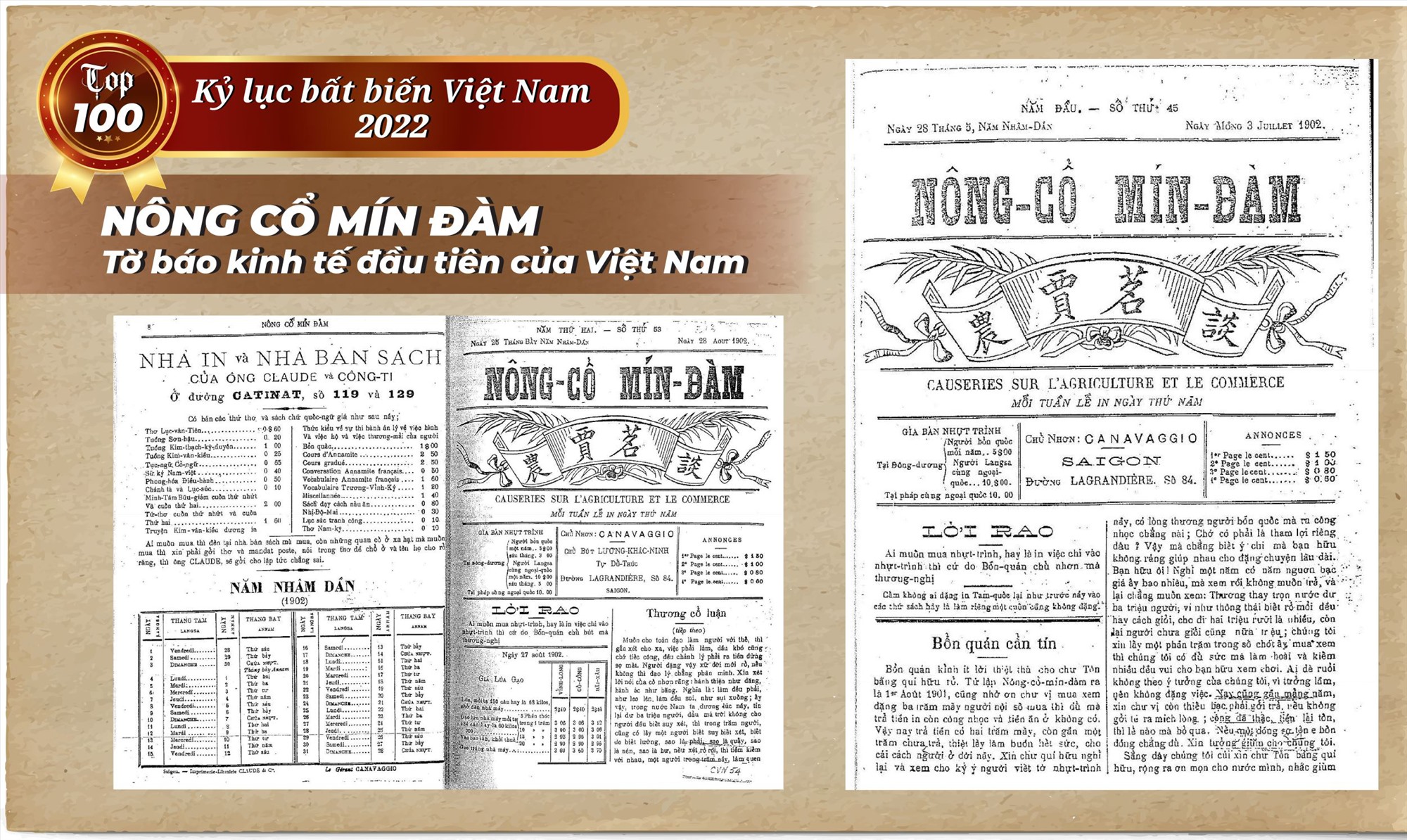
This story is not only in Hanoi, but also in Saigon and Hue, there is a strong Quang culture in the journalism world. Luong Khac Ninh, a Quang journalist, was the first editor of a famous Quoc Ngu newspaper in the South, Nong Co Min Dam (1901 - 1921): drinking tea and discussing farming and trading. This was the 4th Quoc Ngu newspaper in Vietnam and the first economic newspaper in Quoc Ngu.
The most important column of this newspaper was "Commercial and Ancient Discussion", led by Luong Khac Ninh, which appeared throughout more than 100 issues, only taking a break for 8 issues (from issue 73 to issue 79), until 1906 when it was discontinued due to a change in editor. This column always criticized the "scholar, farmer, worker and merchant" ideology, when it ranked merchants as less important; always presented innovative views on economics and commerce.
Not stopping there, Nong Co Min Dam was also the first newspaper to organize a novel writing contest in Vietnam; it was the first newspaper to publish translations of Chinese stories into Quoc Ngu script in the South, starting with Tam Quoc Chi Tuc Dich, translated by Canavaggio, who according to some research was also Luong Khac Ninh.
Next, Huynh Tinh Cua and other translators published Cao Si Truyen, Trang Tu, Chien Quoc Sach, Liao Zhai Zhi Yi, Kim Co Ky Quan, Bao Cong Ky An... In addition to translating and printing Chinese stories, this newspaper also printed short stories translated from English, French...
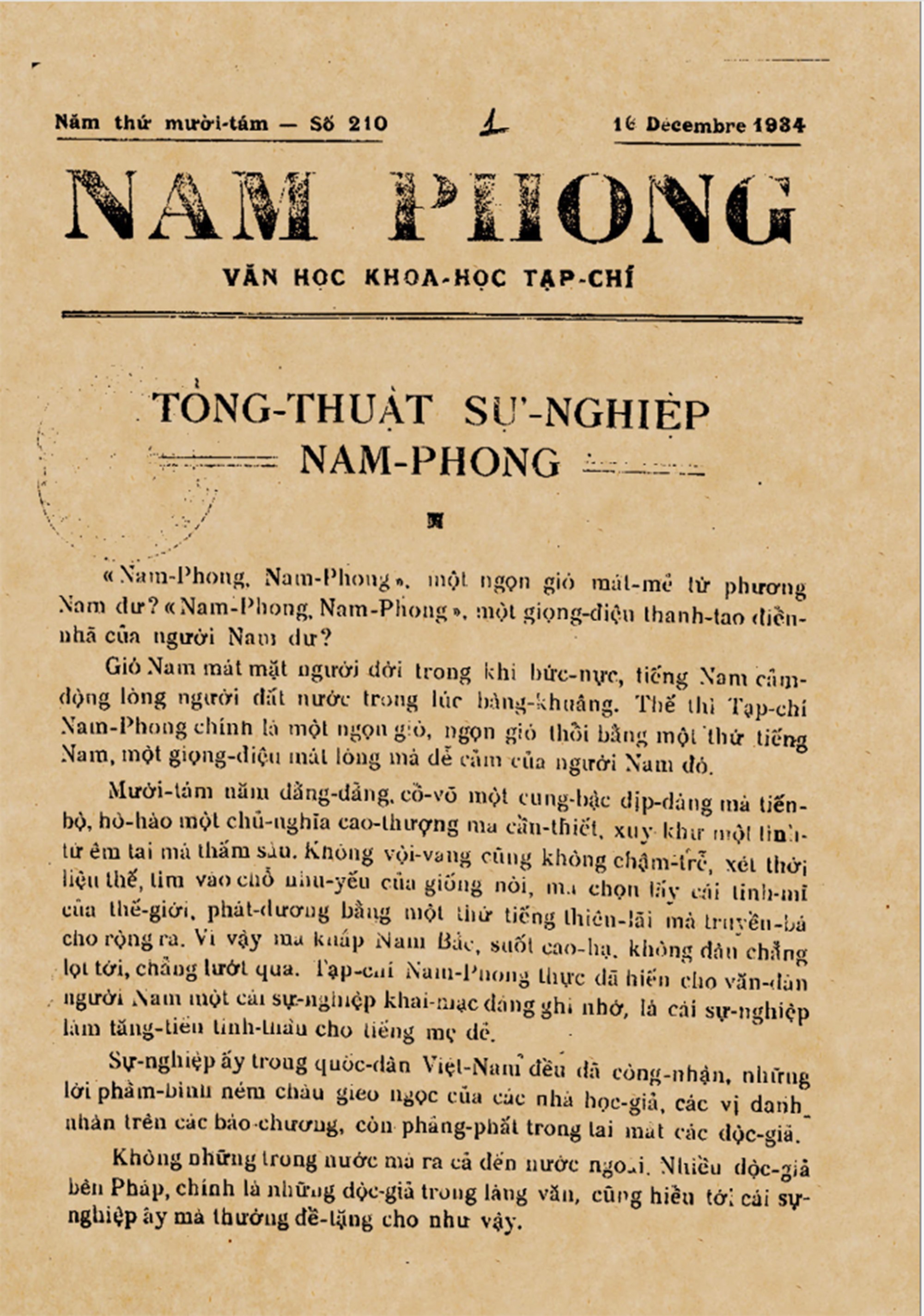
Patriot Huynh Thuc Khang recognized the great role of the press in the cause of saving the people and the country, so he co-founded, then became the chief editor and chief editor of Tieng Dan - the first newspaper in Quoc Ngu in Central Vietnam. During its 16 years of existence (1927 - 1943), Tieng Dan was always at the forefront of promoting the cause of saving the people and the country through articles of a macro and strategic nature.
Le Dinh Tham founded Vien Am (1933) - the first Buddhist newspaper in Central Vietnam, printed in Quoc Ngu script. Not only did it play the role of propagating the Dharma, but this newspaper also wanted to approach Buddhism in many other aspects, including medicine, with Western scientific methodology.
Bui The My came to Saigon from Quang Nam in 1923, worked as a teacher, writer, but most prominently as a journalist. He was the editor-in-chief of the famous Dong Phap Thoi Bao, then editor-in-chief of Trung Lap, Tan The Ky, Than Chung, Dan Bao... Speaking in today's language, he always took advantage of the newspaper's pages to discuss Vietnamese literary history, literary theory, the purpose of art...
There are many firsts or outstanding ones like this in Quang Nam press, it is difficult to mention them all in a short article. But one outstanding feature is that Quang Nam press often argues, and even because of arguing, many great movements are opened up such as reading Tan Thu, Duy Tan, Trung Ky Dan Bien, Tho Moi, Tu Luc Van Doan...
Quang Nam press likes to argue, why?
Analyzing the Nom character for the word “cai” (唤), researcher Nguyen Tien Van wrote: “Nom uses the Chinese character hoan (唤) to read as tranh. Cai is expressed by the radical khau (口: speech) and the character mien (免: to remove, to abandon). It means to use words and arguments to defend, to argue in order to win, to exempt, to erase something.
Arguing is the first foundation of establishing horizontal equality, that is, not the hierarchical order of the feudal court, of patriarchy. Crossing the Hai Van pass, separated from the court, the Quang people live on the border, so it would be strange if they did not argue.
The Quang people (including Quang Nam - Da Nang) often use the phrase "argue to the death" to talk about their personality. In meetings of the Quang people's association, besides sharing about education, hometown, mutual support, there is a "specialty" that is never lacking, which is... arguing. It is very common to see people puffing up, people rolling their eyes, because everyone wants to present their truth.
Sometimes they just argue about a word, an idea, a pronunciation, a saying. Quang people also often use the saying "Cursing a father is not as bad as faking an accent" as a truth to criticize strange pronunciation. Alas, although Quang land is so small, there are many different pronunciations, not to mention the differences in the mountains and seas, but sometimes even two neighboring villages are different. At the foot of Hon Tau mountain (Que Hiep commune, Que Son), most of the people of Loc Dai village speak with a Saigon accent. So when going to another village, another commune, it would be strange not to argue.
How to limit arguments in a peaceful and happy way? Many villages in Quang Nam use the term “ban han” to indicate the boundary between two houses, two villages, two communes. According to writer Cung Tich Bien, almost no province in Vietnam uses the term “ban han” in the way of Quang Nam people.
“Friend limit” is the limit of friendship, crossing this limit is an invasion, a conflict, and the end of friendship. Quang people “argue to the death” like that, but they also always think about “friend limit”, so this land is quite united. It is not by chance that Quang fellow countrymen associations are everywhere, very active, and provide timely support in times of incidents and difficulties.
However, “Quang people say and do”, accept adventure (climbing Hai Van pass), accept differences (living with Cham people), accept challenges (participating in Can Vuong, making the Central Vietnam uprising…), accept innovation (making the Duy Tan movement; Phan Khoi opened the New Poetry movement), accept theses, educate (Tu Luc Van Doan)… And the press clearly shows this concept of “saying and doing”. Therefore, with Quang press, I argue, that means I exist.
Source



![[Photo] Solemn opening of the 8th Congress of the Central Public Security Party Committee, term 2025-2030](https://vphoto.vietnam.vn/thumb/1200x675/vietnam/resource/IMAGE/2025/10/4/f3b00fb779f44979809441a4dac5c7df)
![[Photo] Bustling Mid-Autumn Festival at the Museum of Ethnology](https://vphoto.vietnam.vn/thumb/1200x675/vietnam/resource/IMAGE/2025/10/4/da8d5927734d4ca58e3eced14bc435a3)


![[Photo] General Secretary To Lam attends the 8th Congress of the Central Public Security Party Committee](https://vphoto.vietnam.vn/thumb/1200x675/vietnam/resource/IMAGE/2025/10/4/79fadf490f674dc483794f2d955f6045)


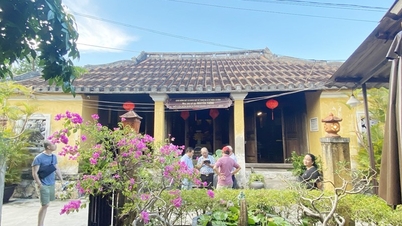
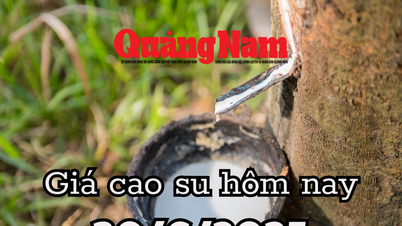
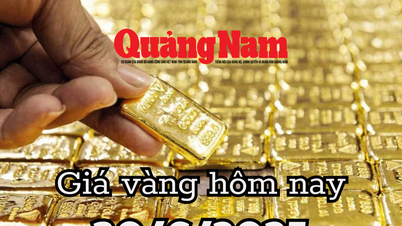






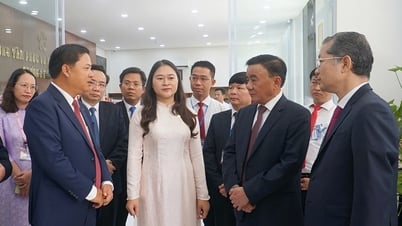
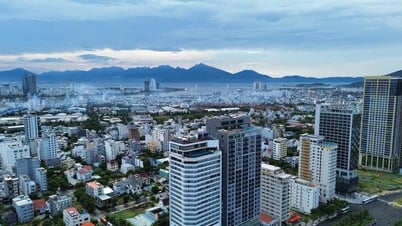
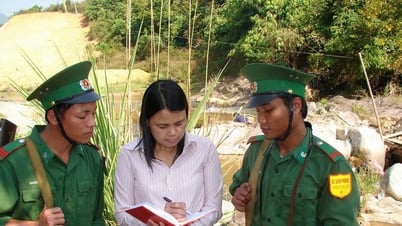
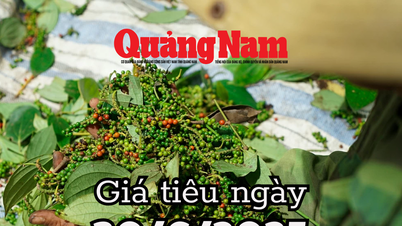




























![[VIDEO] Summary of Petrovietnam's 50th Anniversary Ceremony](https://vphoto.vietnam.vn/thumb/402x226/vietnam/resource/IMAGE/2025/10/4/abe133bdb8114793a16d4fe3e5bd0f12)

![[VIDEO] GENERAL SECRETARY TO LAM AWARDS PETROVIETNAM 8 GOLDEN WORDS: "PIONEER - EXCELLENT - SUSTAINABLE - GLOBAL"](https://vphoto.vietnam.vn/thumb/402x226/vietnam/resource/IMAGE/2025/7/23/c2fdb48863e846cfa9fb8e6ea9cf44e7)















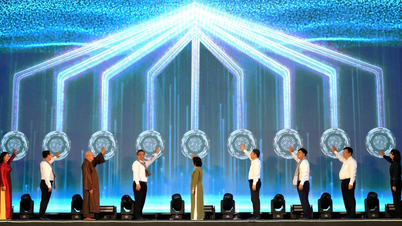


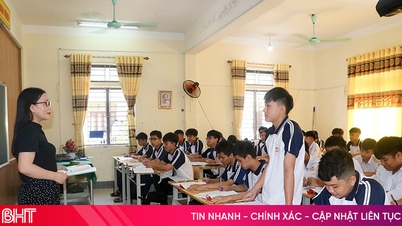




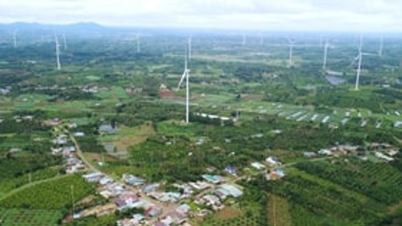








Comment (0)